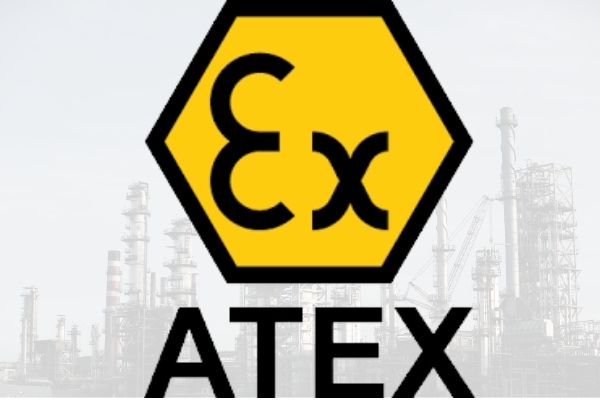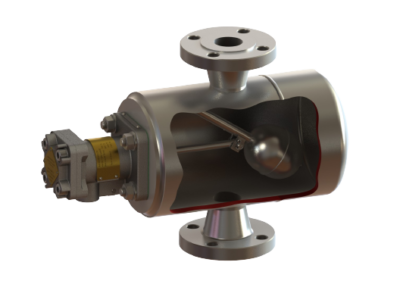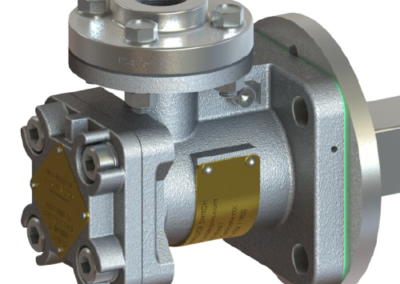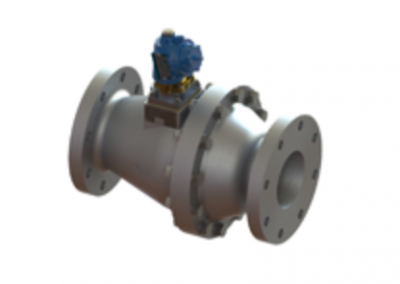What is ATEX?
ATEX is a term generally used to refer to the two European ATEX directives for controlling explosive atmospheres. These directives set out the minimum safety requirements that a workplace and the equipment in a workplace must meet if they are in a potentially explosive atmosphere. AMS has achieved ATEX approval for our level switches and control valves.
The British, and indeed Cornish, have had a major role to play in the development of safety methods and technology for hazardous areas. This was a result of leading the developments in improving the working conditions and safety for miners. Cornishman Sir Humphrey Davy is believed to have developed the worlds first explosion protected device, the Davy lamp.
Now applicable to all business areas with explosive atmospheres, products need to adhere to the 2014/34/EU directive for equipment. Known as ATEX 114 or “the ATEX Equipment Directive”, this replaced Directive 94/9/EC which was known as ATEX 95.
Directive 99/92/EC is known as ATEX 137 or “the ATEX Workplace Directive”.
More information can be found on the HSE website. However, please note that at the time of writing their site still referred to ATEX 95 for the equipment directive. The 95 directive was withdrawn in April 2016 and replaced with the 114 Directive. More reading and to purchase copies of the standard go to the European Commissions website.
What does ATEX approval mean?
ATEX equipment approval first involves the manufacturers quality systems being assessed and a quality assurance notification (QAN) being issued.
Once a QAN is in place the company’s products are assessed to meet the ATEX directive. An approved body tests the products for the areas (zones) and applications they can be safely used in. Following the tests the products are given a classification code for their safe use. To understand the code a hazardous area classification chart can be used.
Approval means we have been able to get our Cornwall premises quality systems assessed successfully for compliance to the ATEX equipment directive. The first stage was achieved in 2020 with our quality assurance notification (QAN) award. This allowed us to transfer the QAN certificate from AM Sensors Ltd.
The second stage was for individual GRP I mining and GRP II product certificates to be assessed and transferred. This means our ATEX approval for level switches and control valves are now in the name of AMS Instrumentation & Control Ltd.
How does BREXIT affect ATEX?
Following the BREXIT announcements, we have also taken the steps to register our QAN and product certificates with our assessment bodies Italian headquarters. As a result we have a notified body approval in the EU (NB2575) as well as in the UK (NB0359). This will protect the approvals and ensure we can still supply ATEX products if the UK registered bodies become invalid.
We are closely monitoring the UK situation and will be updating our approvals so that we can continue to supply British businesses.
Explosion proof level switches
When completing the product approval transfers to our Cornwall premises, we updated drawings to approve a further range of connection heads and process connections. In addition to the one piece stainless steel Cobham level switches, we now have some industrial heads. Look at our float switch and displacer level switch page for more information.
Explosion proof shut off valves
In addition, our servo control valve has an Exd certified solenoid valve. This addition allows us to use our control valve body for liquid level control filling applications. When filling a tank, a liquid level switch can be used to automatically shut off the filling line when the fluid in a tank or vessel reaches a specified level. These valves have been used in airports and are fitted as standard with major fuel storage depots in the UK. For more information, click here to read our tank filling control valve datasheet.
A copy of our latest QAN and product certificates can be downloaded from the document download webpage under the business documents category or from the quick links on this blog page.
For further information about the development of our site in Cornwall please go to our about us pages or select the #aboutus category in this blog site.




